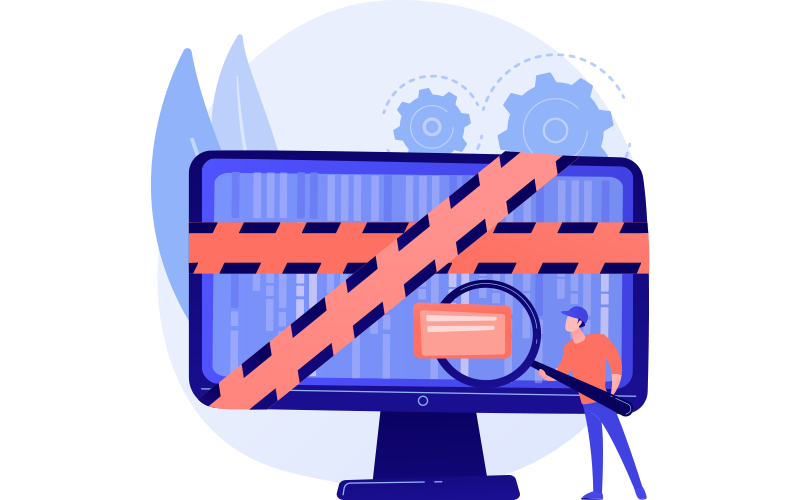The first stage identifies potential sources of relevant evidence/information and has to collect the evidence.
Digital Forensics
Digital forensics refers to the investigation of a device, usually in a court of law, when a person is under interrogation for breaching data/information. Digital forensics recover information using complex tools in order to bring a person to justice for exploiting or tampering with private information.
SecOrigin forensic experts provides the most comprehensive analysis and leading solutions for digital forensic investigation.
At SecOrigin we have a team of forensic experts who will carry out the following types of digital forensics-
- Computer forensics
- Network forensics
- Mobile device forensics
- Database forensics

The process of preserving relevant electronically stored information (ESI) by protecting the crime or incident scene, capturing visual images of the scene and documenting all relevant information about the evidence and how it was acquired.
Collecting digital information that may be relevant to the investigation. Collection may involve removing the electronic device(s) from the crime or incident scene and then imaging, copying or printing out its (their) content. So special precuations are needed to preserve this type of evidence. Failure to do so may render it unusable or lead to an inaccurate conclusion.
An in-depth systematic search of evidence relating to the incident being investigated. The outputs of examination are data objects found in the collected information; they may include system- and user-generated files. Analysis aims to draw conclusions based on the evidence found. Various analytical methods exist, examples of which include:-
- Timeframe,
- Data hiding,
- Application and file,
- Ownership and possession.
Analysis may require a review of the request for service, legal authority for the search of the digital evidence, investiga-tive leads, and/or analytical leads.
The investigator must document completely and accurately their each step in their investigation from the start to the end. The aim is to allow others following the steps outlined in the documentation to reproduce the investigation and reach the same conclusions. We provide detailed forensic report along with evidences.